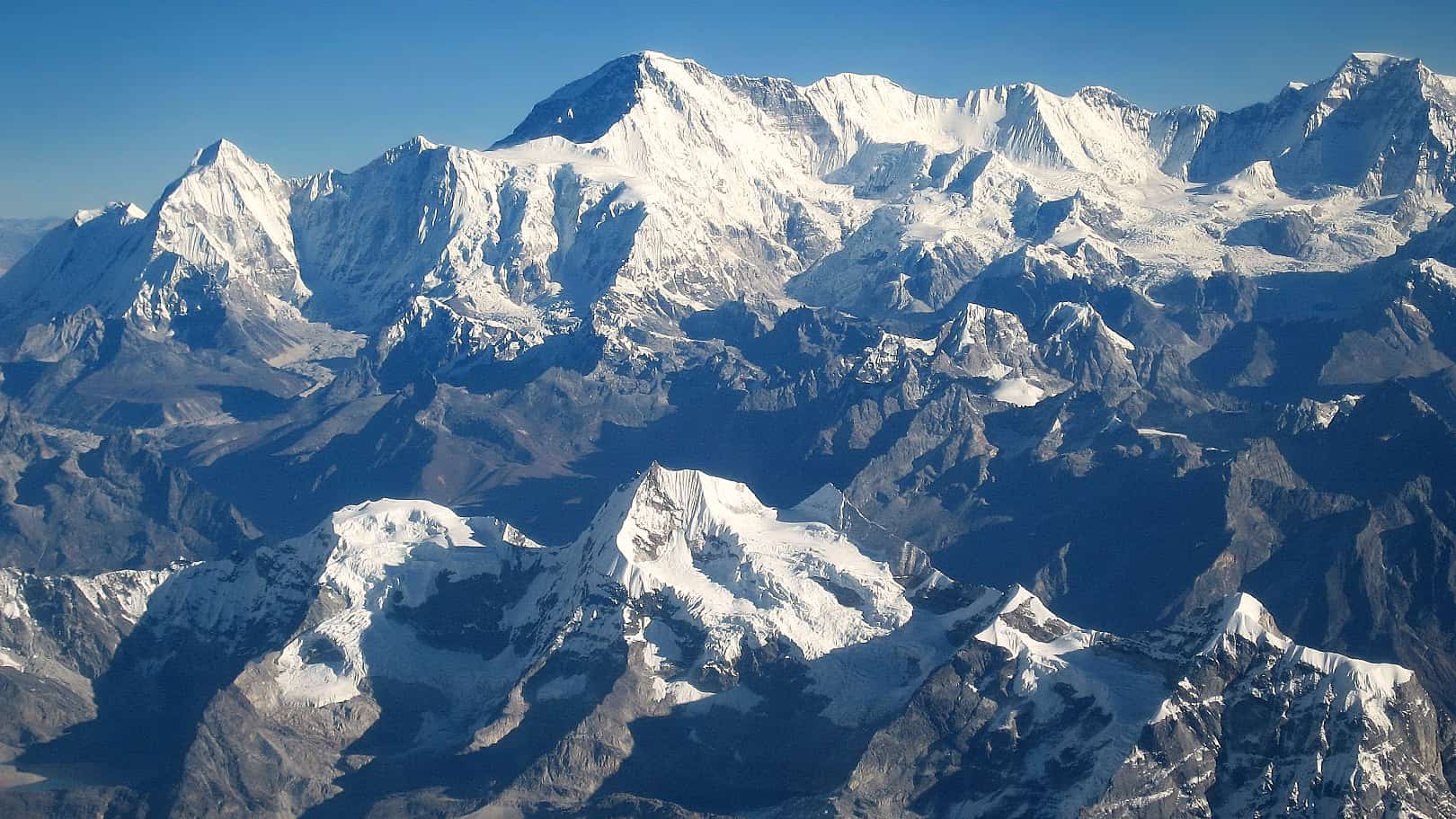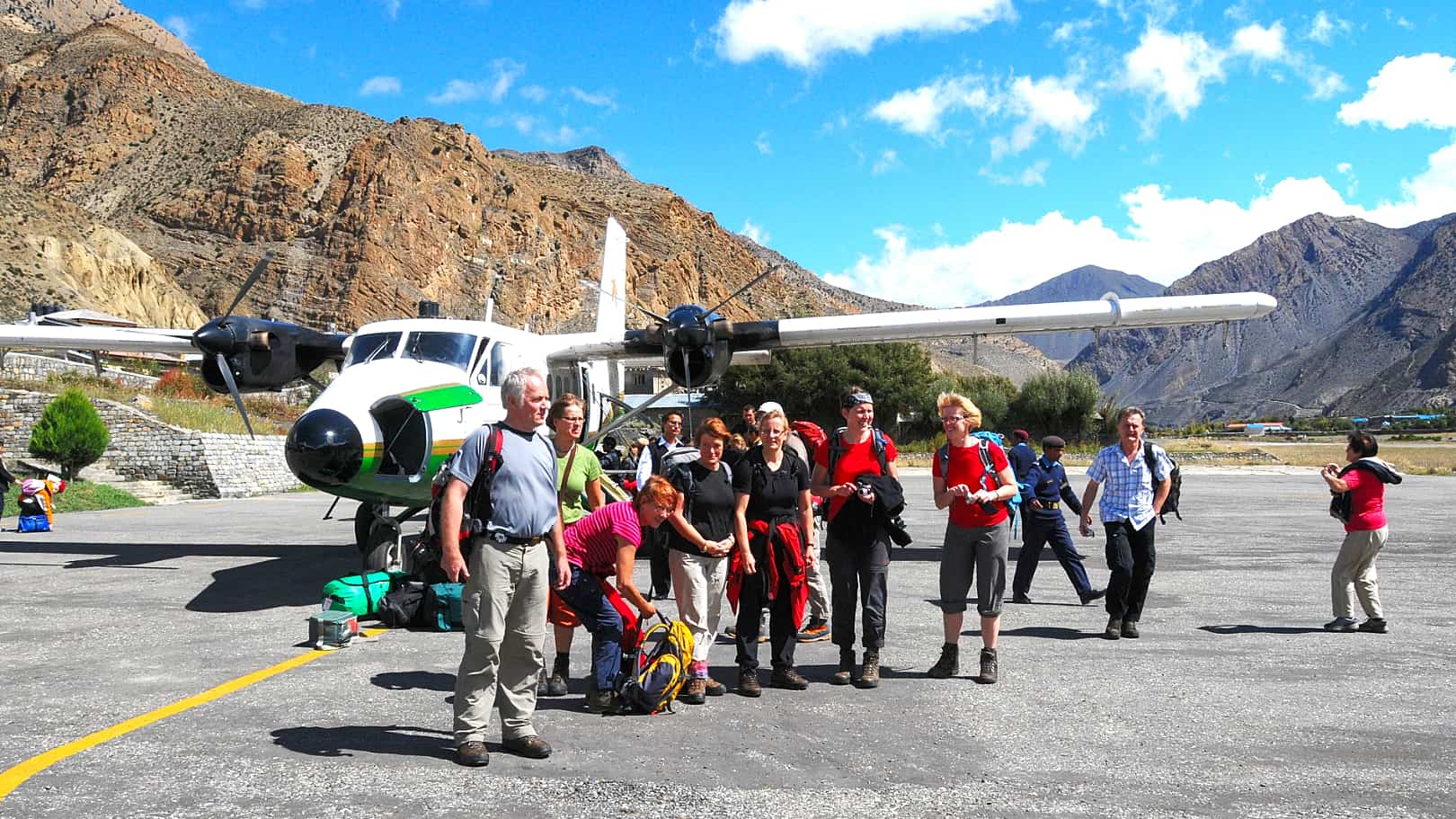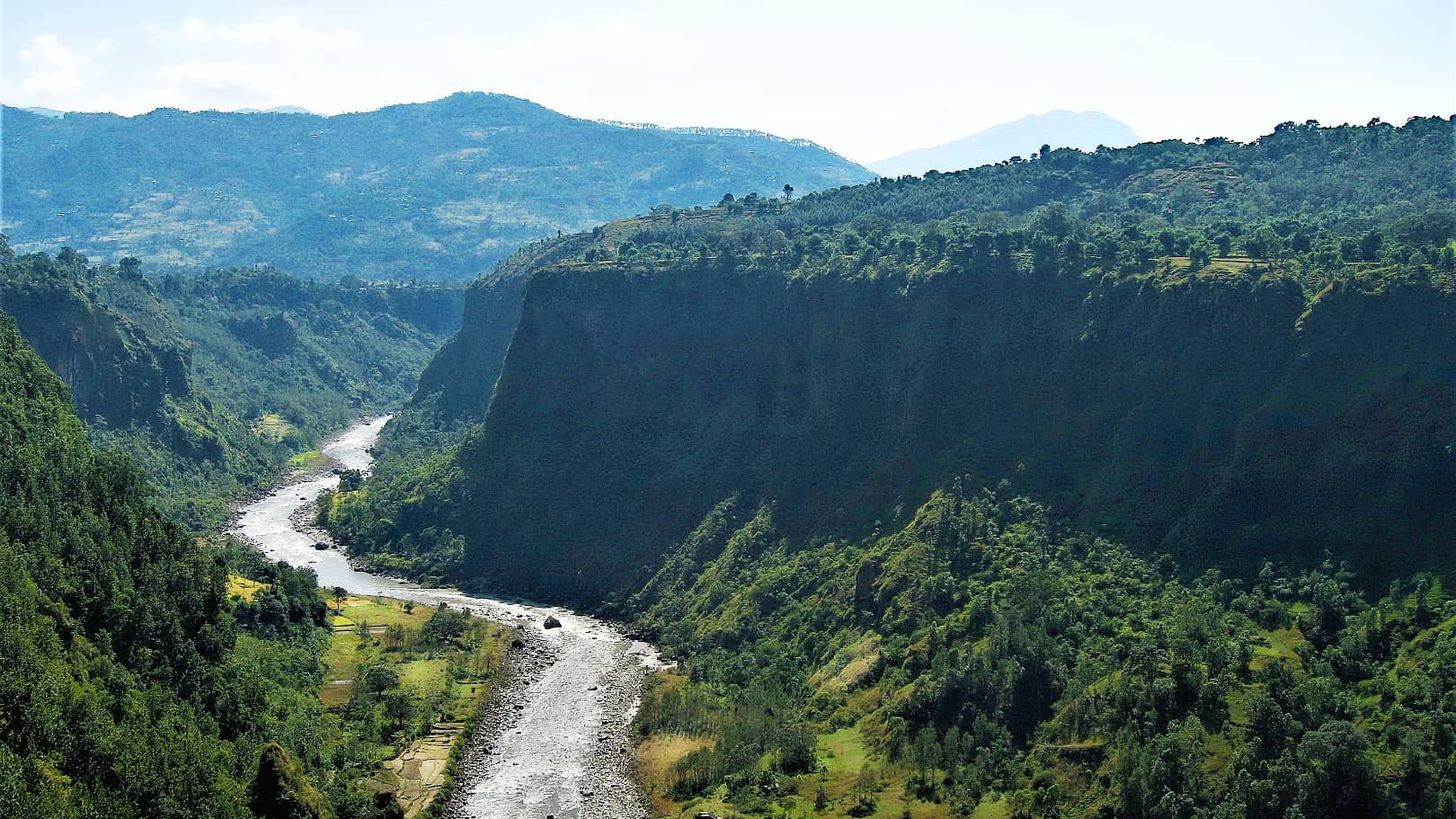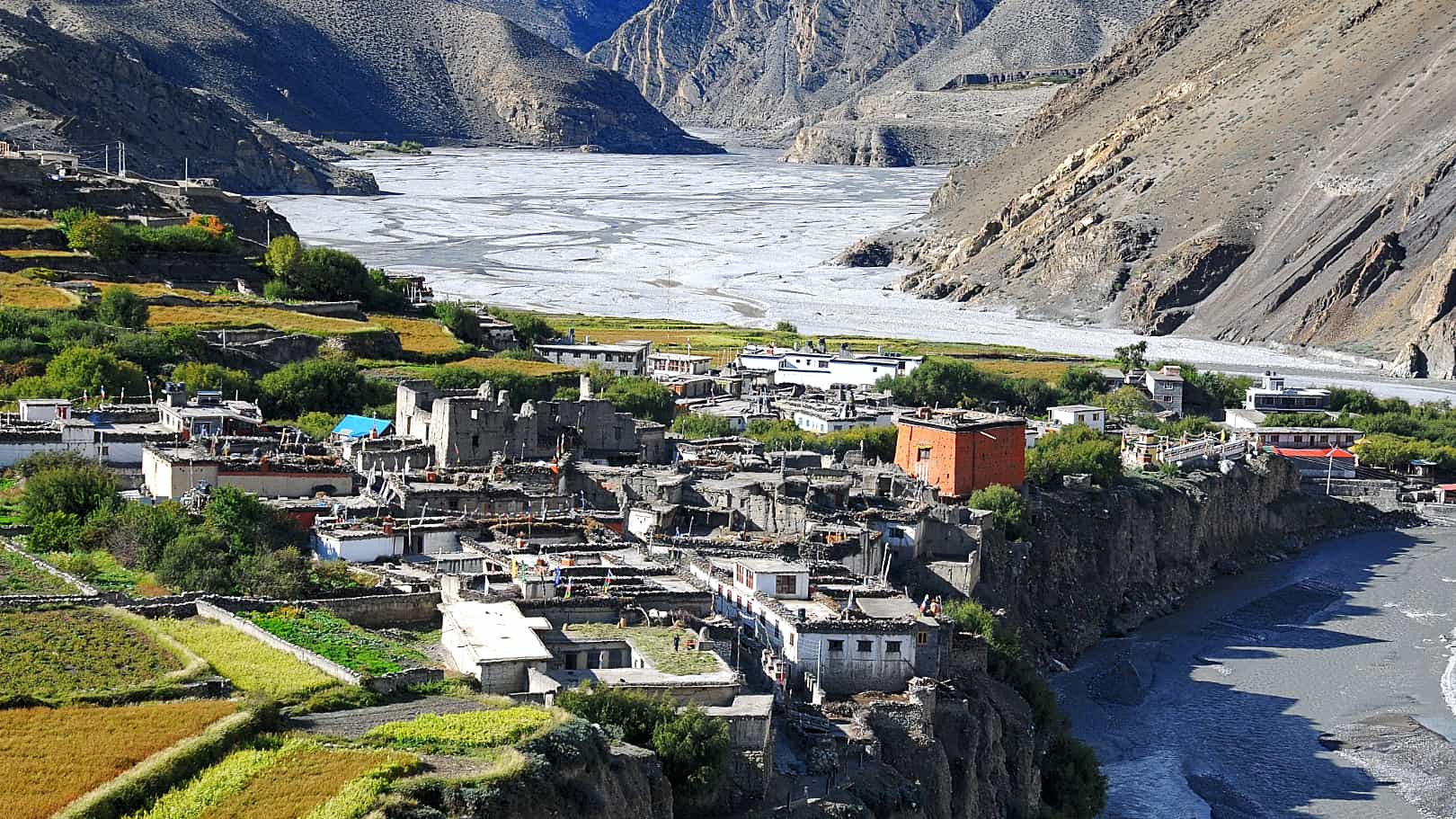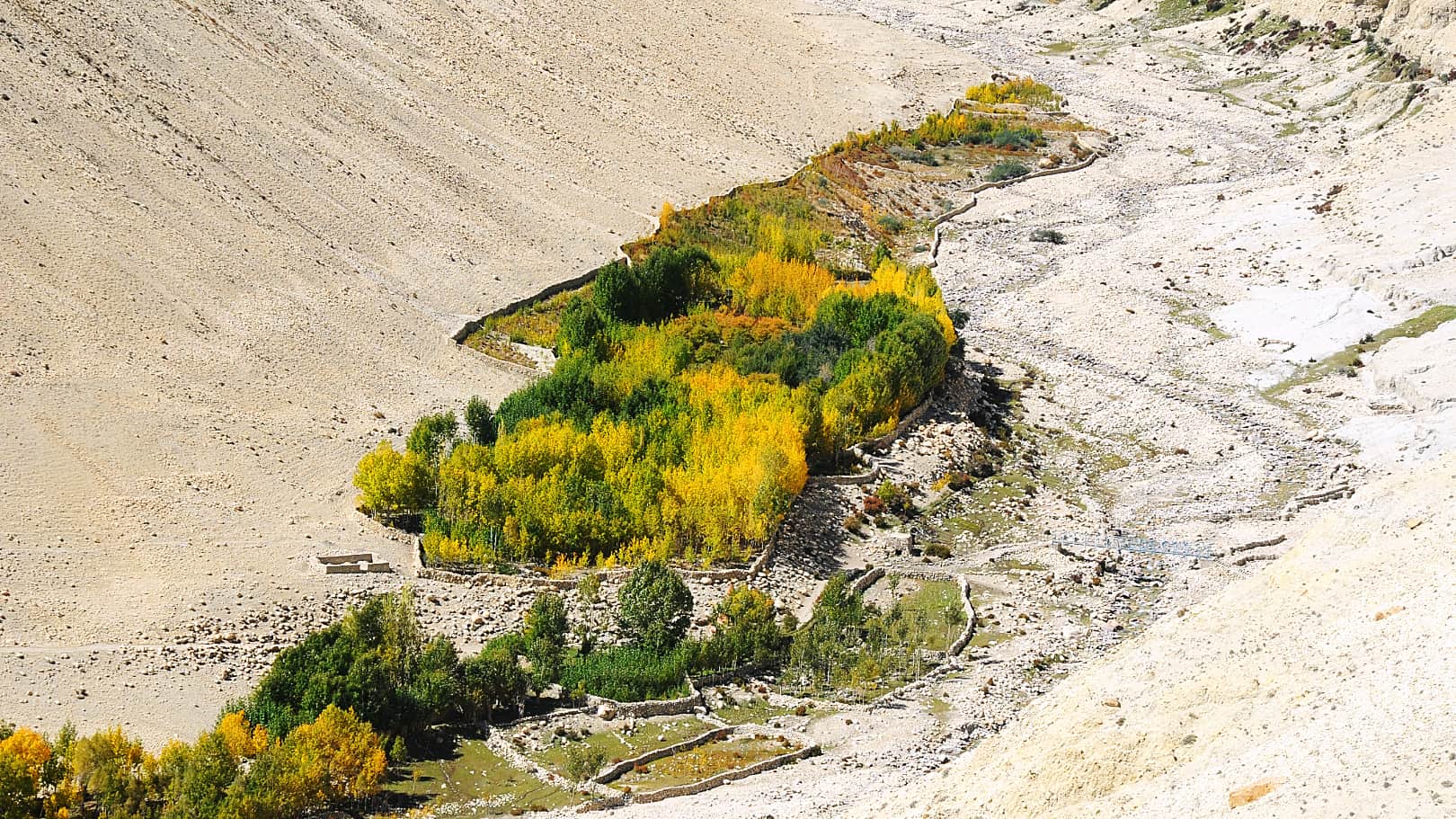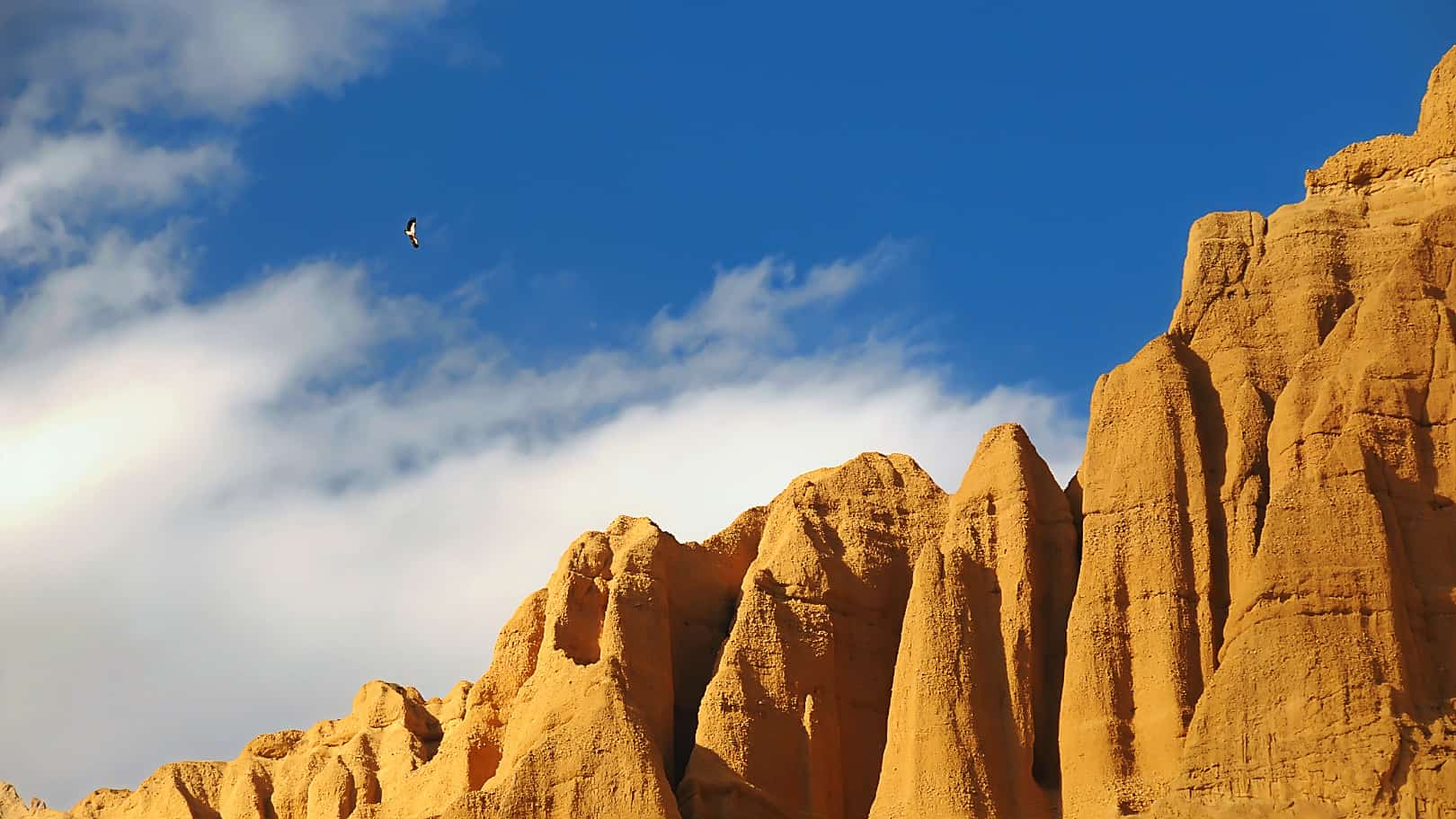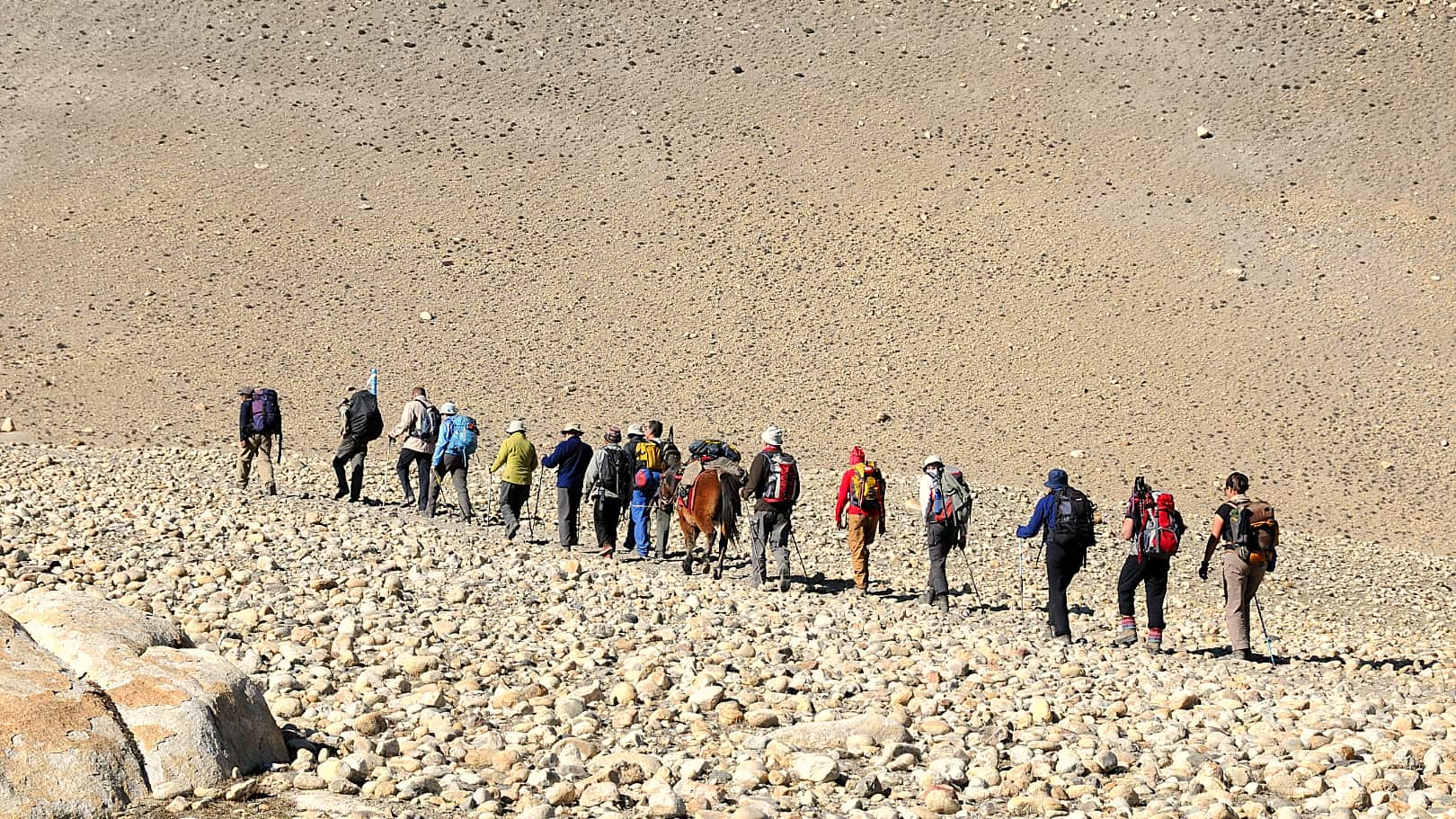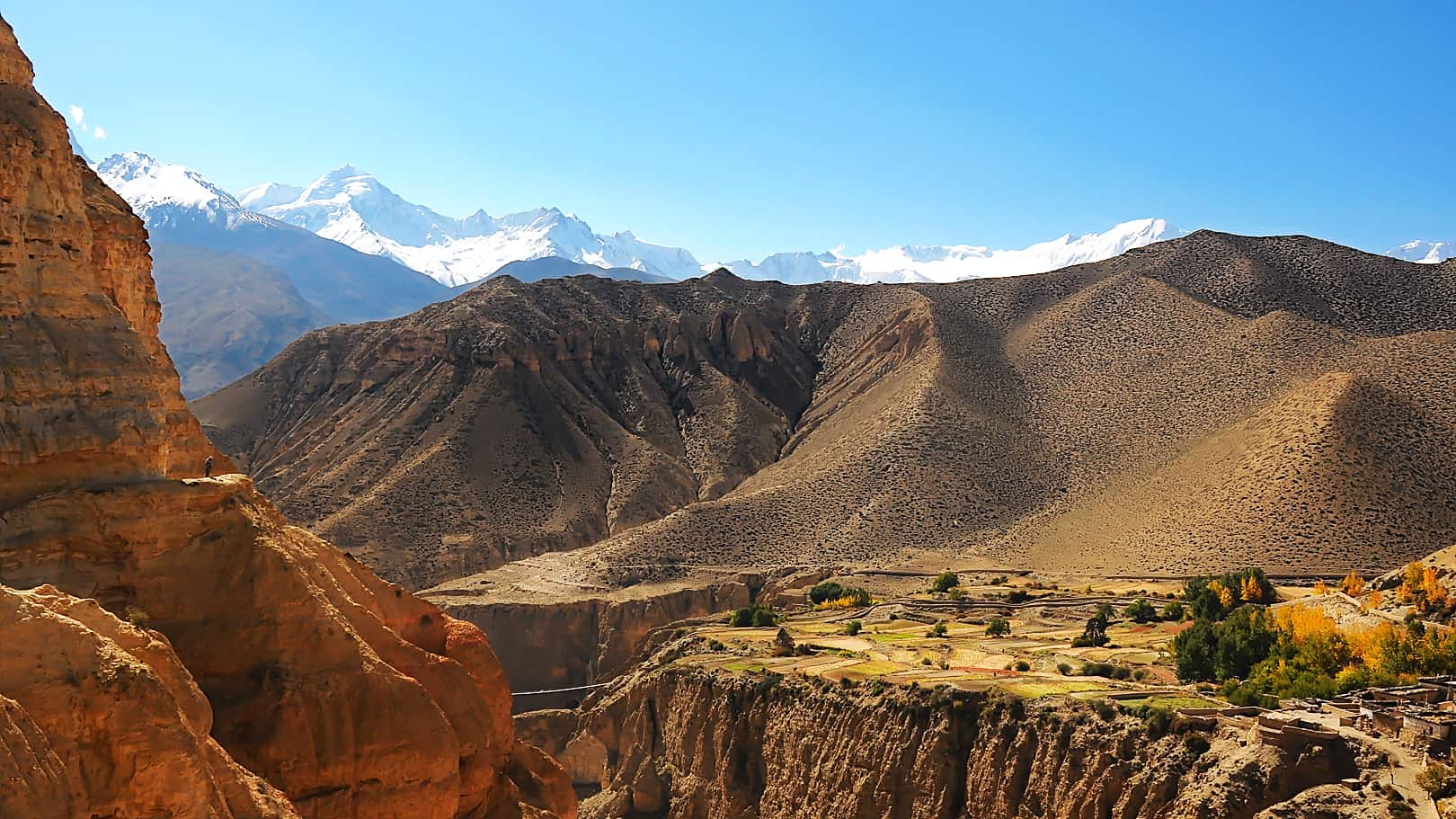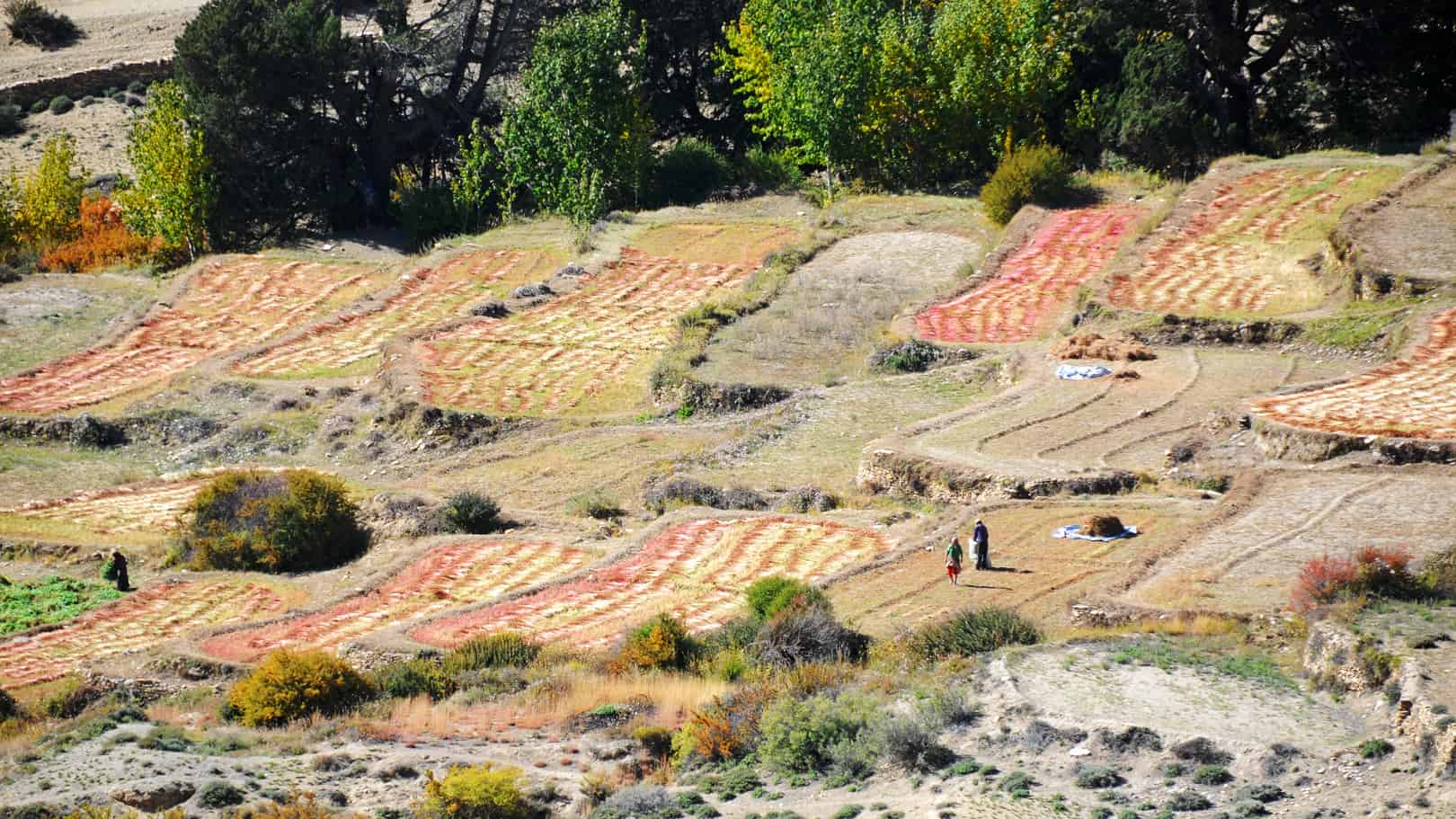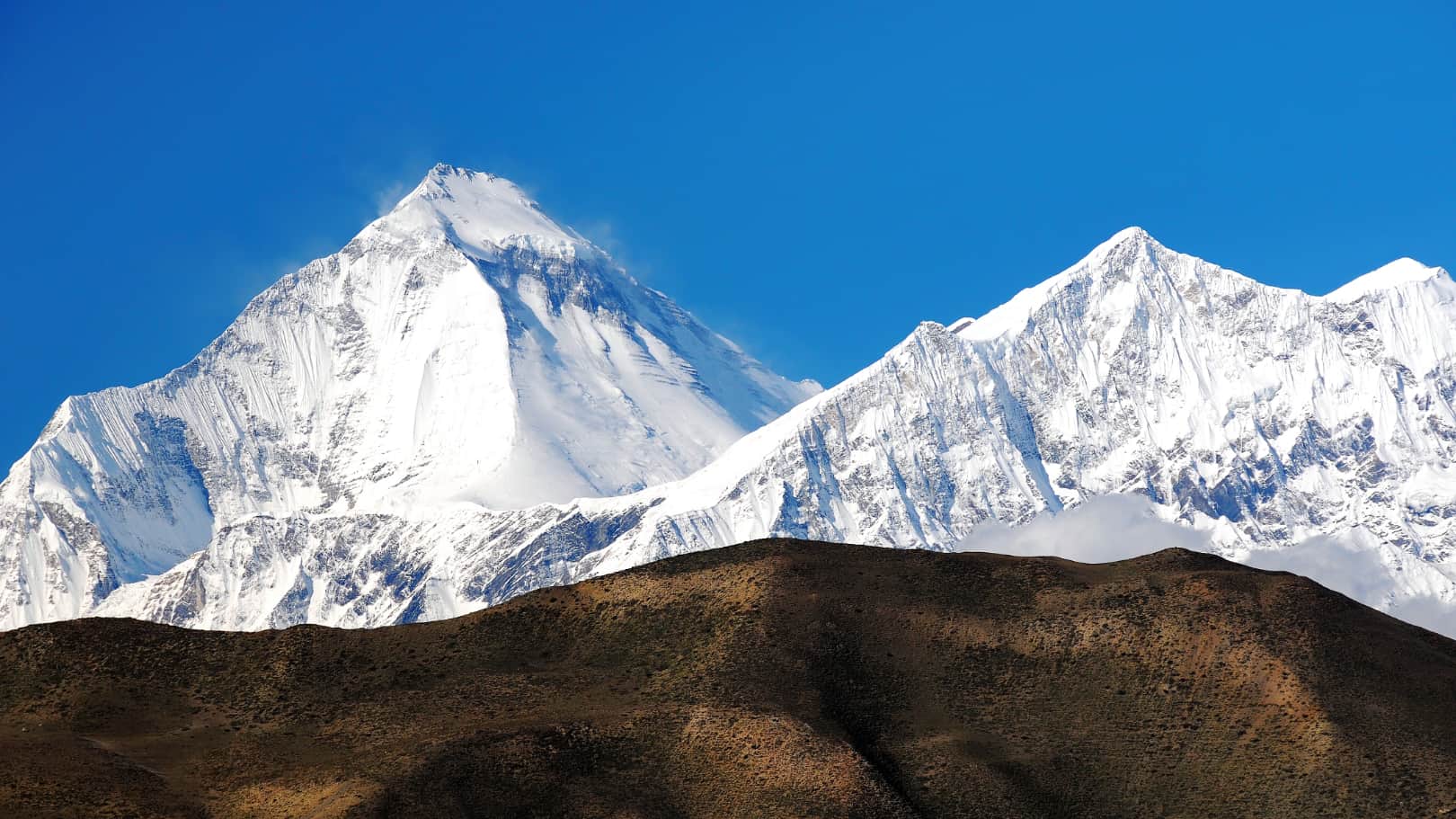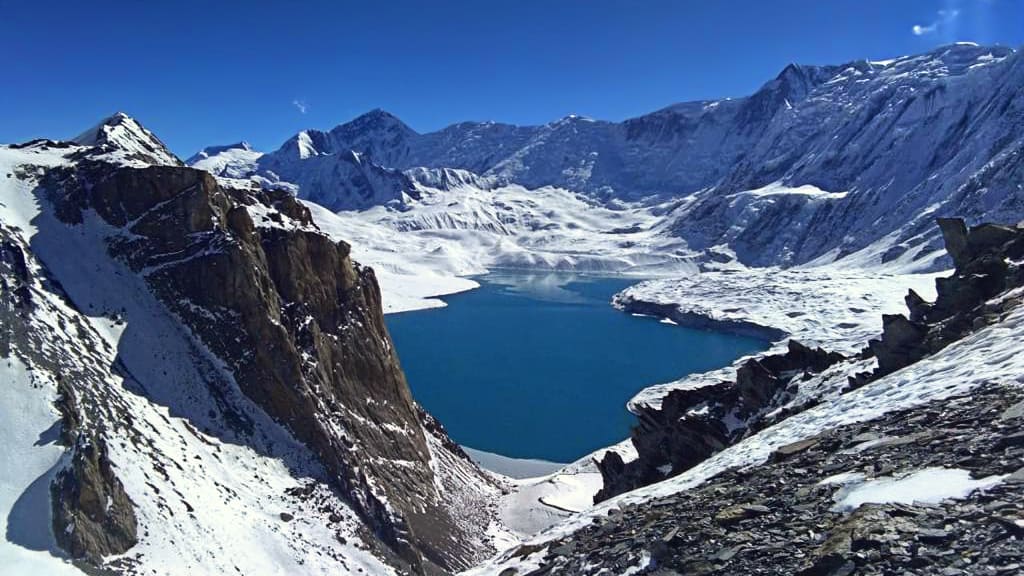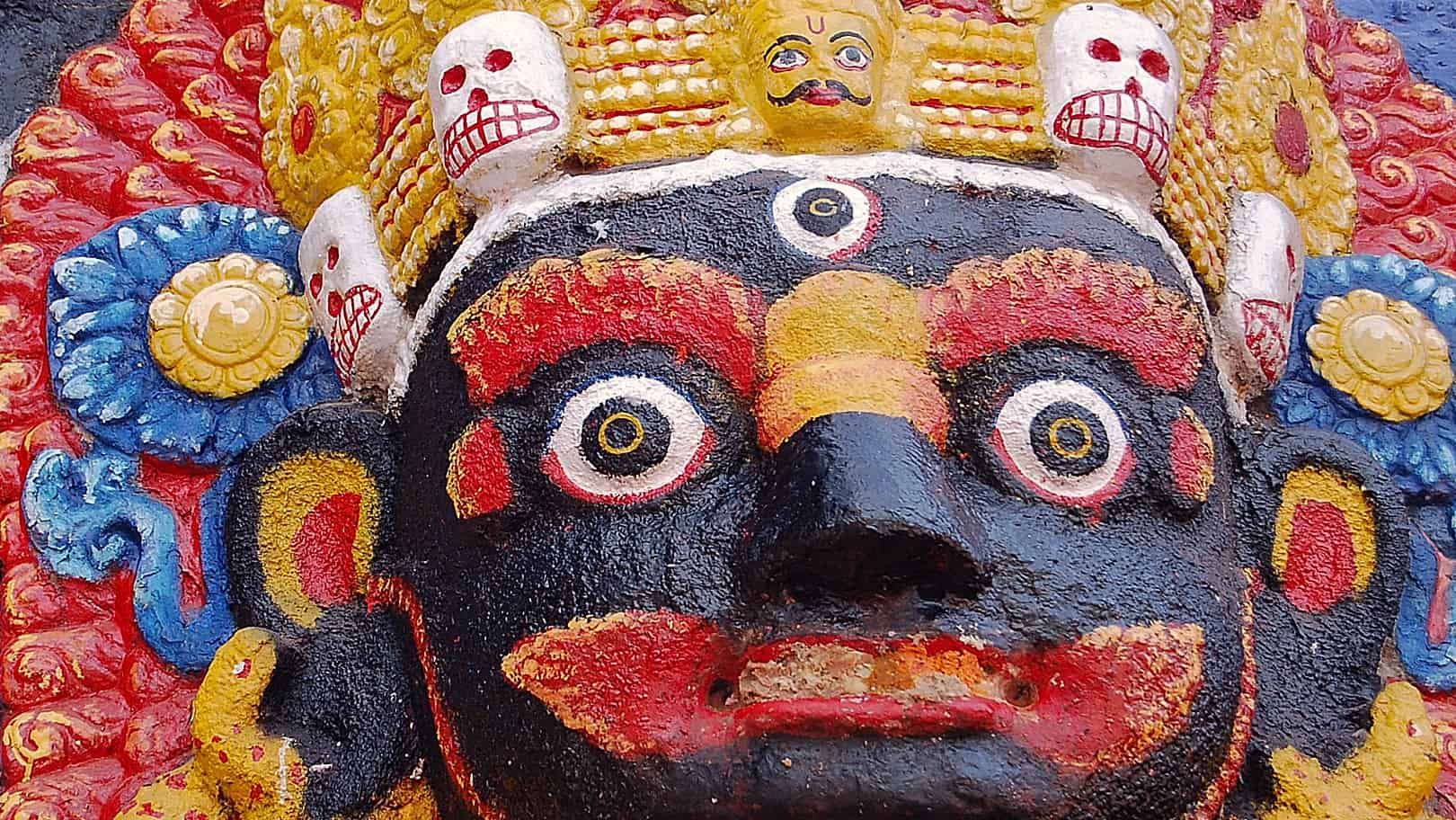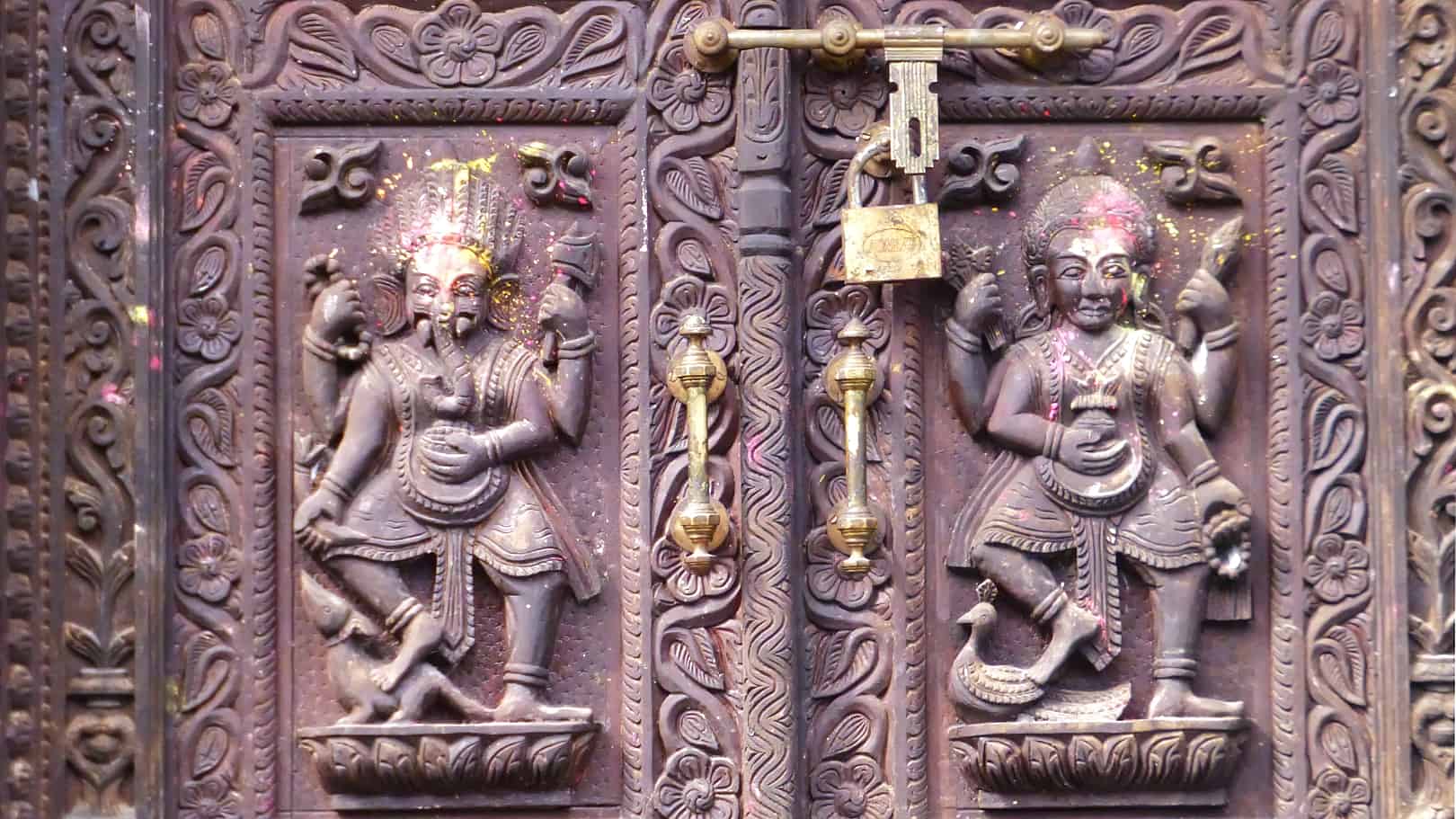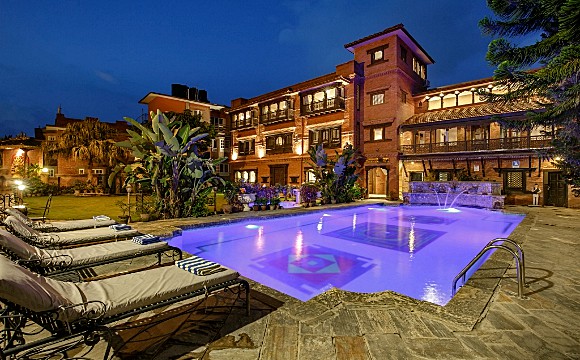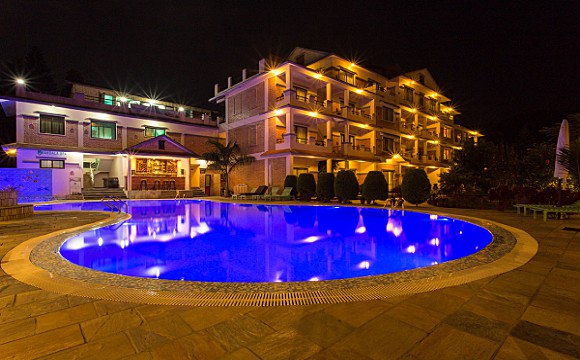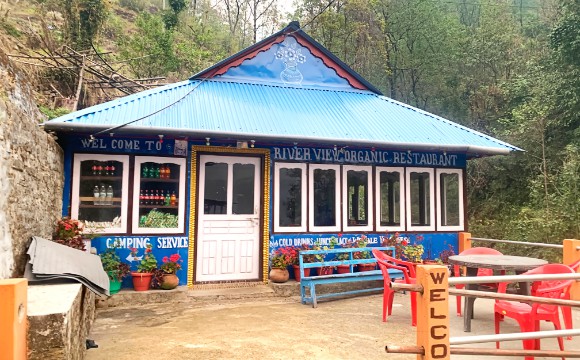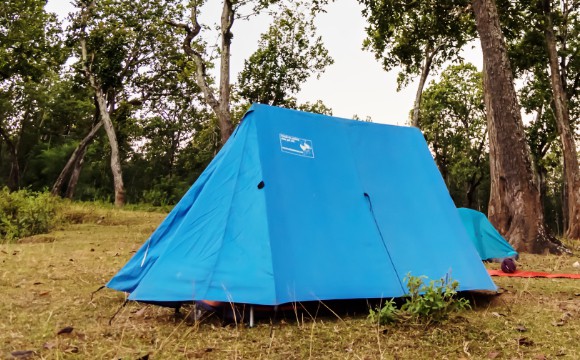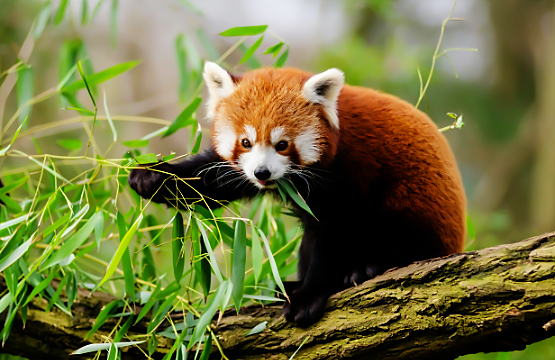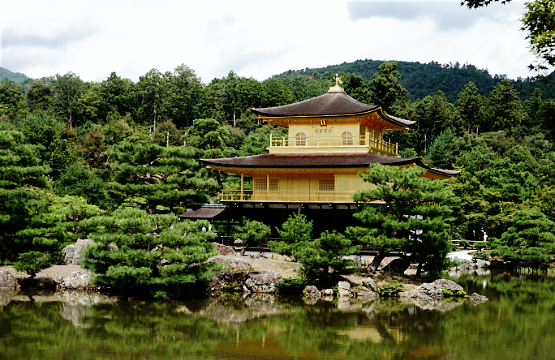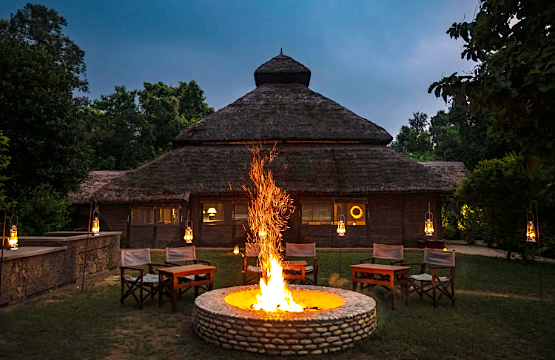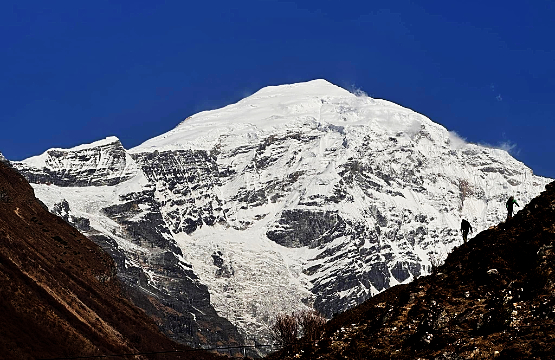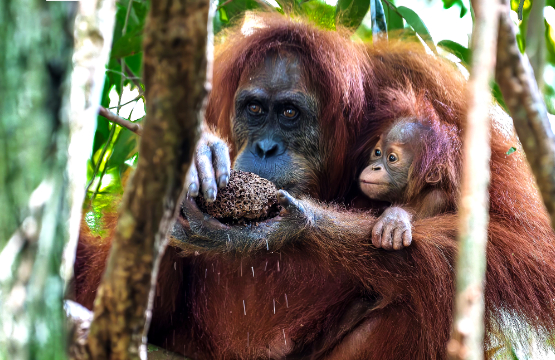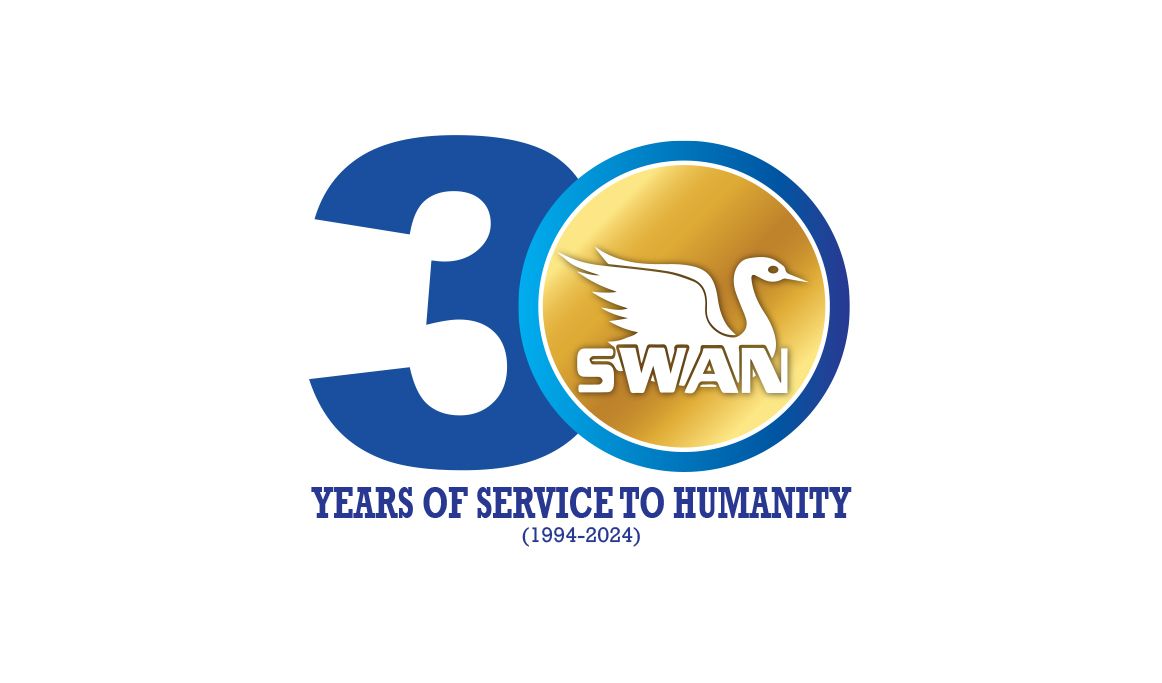Forbidden Mustang & Tilicho Lake
Forbidden Mustang, formerly the Kingdom of Lo, has lured intrepid travellers to its remote realm for centuries, but only the most adventurous made it to this mountainous and inaccessible bastion of Tibetan Buddhism. Tucked away along the upper Kali Gandaki River, the deepest river gorge in the world, it is... More
Forbidden Mustang, formerly the Kingdom of Lo, has lured intrepid travellers to its remote realm for centuries, but only the most adventurous made it to this mountainous and inaccessible bastion of Tibetan Buddhism. Tucked away along the upper Kali Gandaki River, the deepest river gorge in the world, it is a remote, ethnically Tibetan region of medieval villages, ancient cave hermitages, Tibetan Buddhist monasteries, arid, high desert, wild rock formations and soaring snow peaks. People have inhabited this harsh region for thousands of years, some of the early dwellers living or meditating in ancient caves, rich in Buddhist art, which pepper the bizarre rock formations. Later, Mustang became part of the Yarlung Dynasty of central Tibet, and in the fifteenth century, the independent Kingdom of Lo was founded, ruling such other remote regions as Dolpo. It was only incorporated into the Kingdom of Nepal in 1951. Soon afterwards, renegade Khampa freedom fighters battling the Chinese used Mustang as a base of operations, and it was closed to all Westerners until 1992. This mythical land north of the 8000 meter peaks Annapurna and Dhaulagiri still requires a special restricted area permit to enter, and numbers are limited, thus helping to preserve its unique heritage.
Tilicho Lake at 5,200 m collects the glacial melt of the entire northern slopes of Annapurna and Thorong Peak. It is claimed to be the highest located lake in the world and an extension from Muktinath to Tilicho Lake is an amazing route for people looking for an alternative to the well-trotted route via Thorung La on the Annapurna Circuit. This route is more demanding and requires at least couple of night camping. There are no teahouses or lodges past the Tilicho Base Camp lodge some kilometres east of the lake and the next village of Thini Gaon in the Kali Gandaki valley. Most groups spend two nights between these places. There are two passes leading to Thini Gaon and Jomsom; Mesokanto La and Tilicho North pass known also as Tilicho “Tourist pass”. These routes via Tilicho Lake are more often closed by snow than the higher Thorong La. With self-sufficient food & camping gears for at least 3 nights camping, and crossing any one of the two Passes is possible. You have to be prepared for bad weather, including freezing temperatures and snow storms even in the dry season.
Mustang
Tucked away along the upper Kali Gandaki River, the deepest river gorge in the world, Mustang is a remote and starkly beautiful region of medieval villages, ancient cave hermitages, Tibetan Buddhist monasteries, arid, high desert, wild rock formations and soaring snow peaks. People have inhabited this harsh region for thousands of years, some of the early dwellers living or meditating in ancient caves, rich in Buddhist art, which pepper the bizarre rock formations. Mustang became part of the Yarlung Dynasty of central Tibet, later falling under the jurisdiction of the Malla Kingdom of Nepal (Jumla) and in the fifteenth century, the independent Kingdom of Lo was founded, ruling such other remote regions as Dolpo. It was only incorporated into the Kingdom of Nepal in 1951. Soon afterwards, renegade Khampa freedom fighters battling the Chinese used Mustang as a base of operations, and it was closed to all Westerners until 1992.This mythical land north of the 8000 meter peaks Annapurna and Dhaulagiri still requires a special restricted area permit to enter, and numbers are limited, thus helping to preserve its unique heritage. We will have a 10-day permit, allowing us to trek to the remote eastern and western valleys, old salt trade routes with Tibet, above Lo Monthang. We also trek along the eastern, winter route from Lo to rarely visited Dhi village, Yara and Luri Gompa, as well as taking the less-trekked route to Tetang, also east of the Mustang Khola, to arrive at the sacred village of Muktinath via many picturesque villages in the lower reaches of Mustang.
Giving back to the communities is our responsibility!
With every trip, you also support the SWAN and thus projects for Sustainable Community development and Biodiversity protection.
Our primary NGO partner is Social Welfare Association of Nepal (SWAN), with whom we have carried out multiple CSR (Corporate Social Responsibility) projects. Besides carrying out regular CSR activities in the areas of education and women empowerment, we have supported relief and rehabilitation initiatives in the aftermath of several natural disasters like earthquake, immediate response to COVID-19 pandemic across Nepal.
Giving something back to the world is a special and responsible affair of travel-to-nature Asia right from its inception. When you travel with travel-to-nature Asia and SWAN-Nepal, you become an integral force for change in addressing the most pressing social and wildlife conservation issues. Your tourism funds help transform the future of under-privileged and marginalized communities and transform the future of at-risk natural places you travel. Portion of our profit flows to local communities who live with and steward nature, creating jobs and improving livelihoods.
By joining one of our holidays you are playing a vital role in bringing positive changes in the lives of local community.
